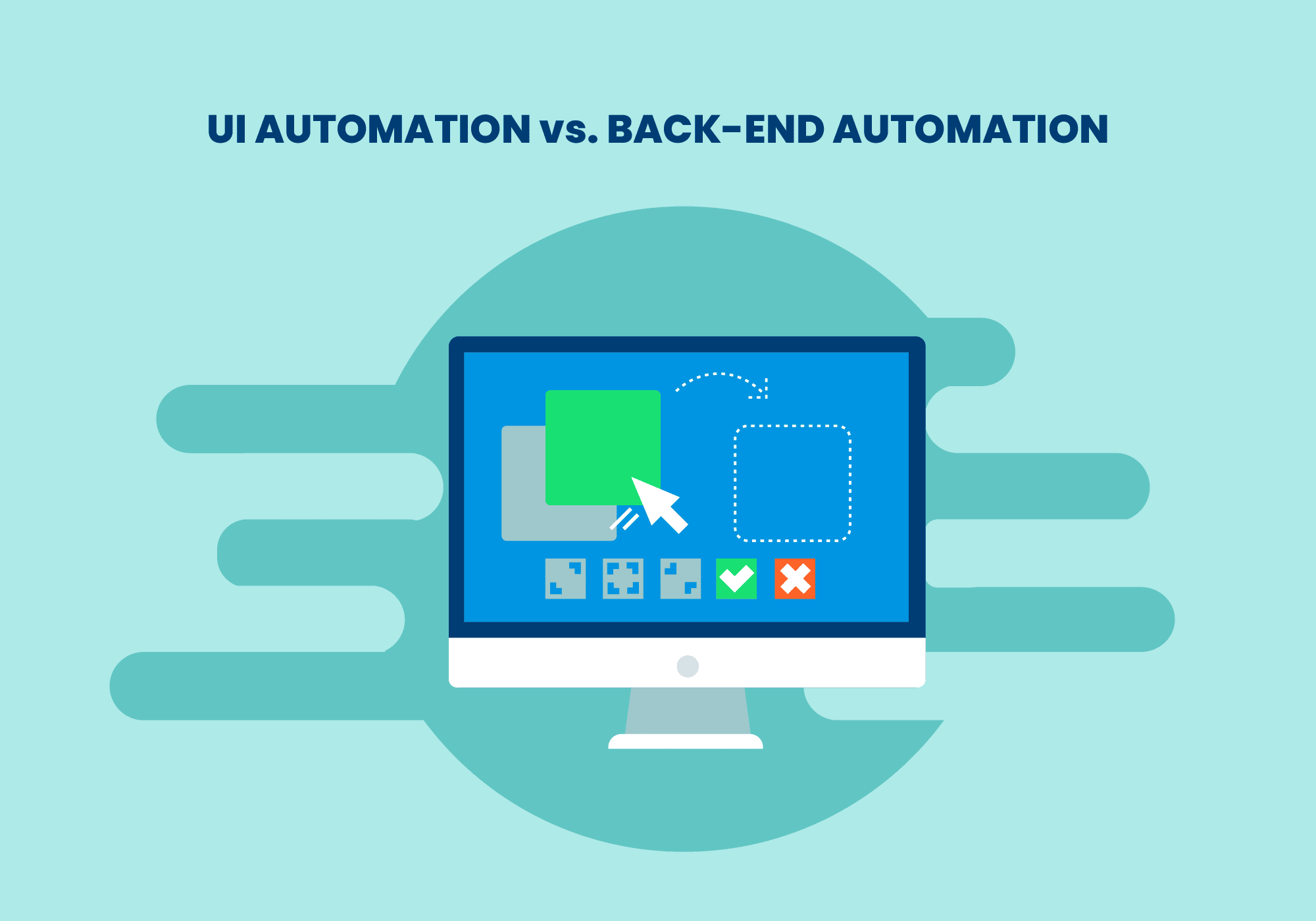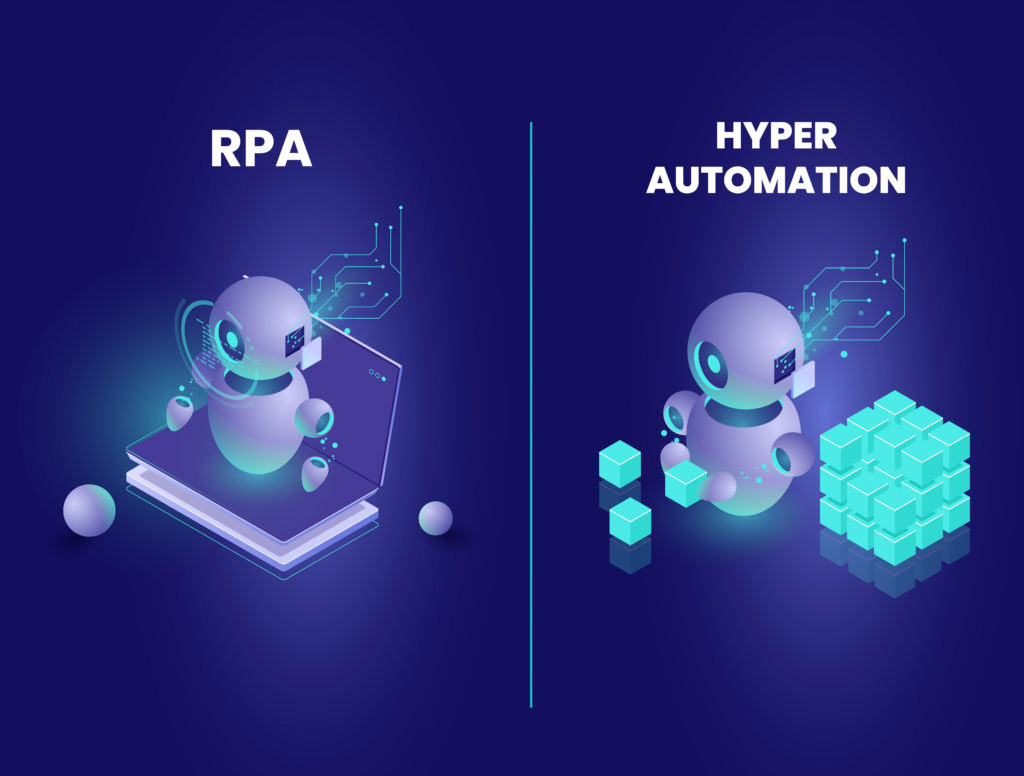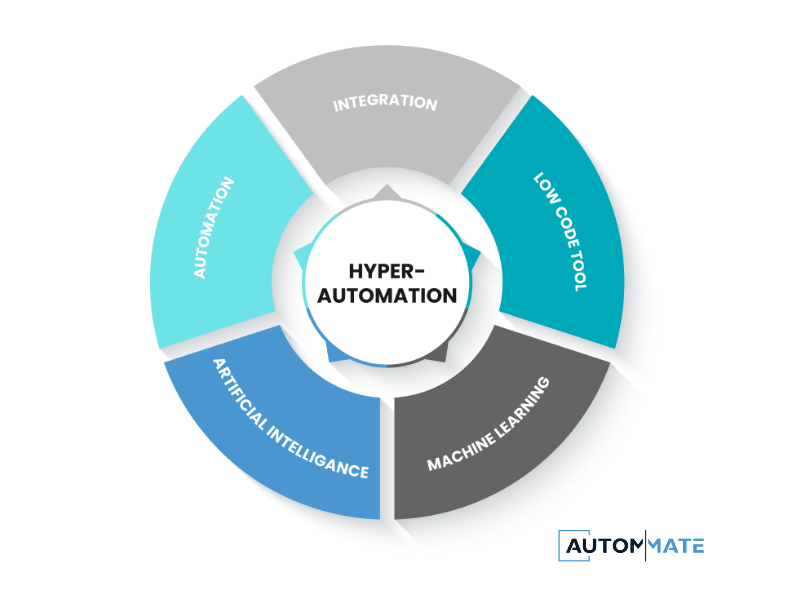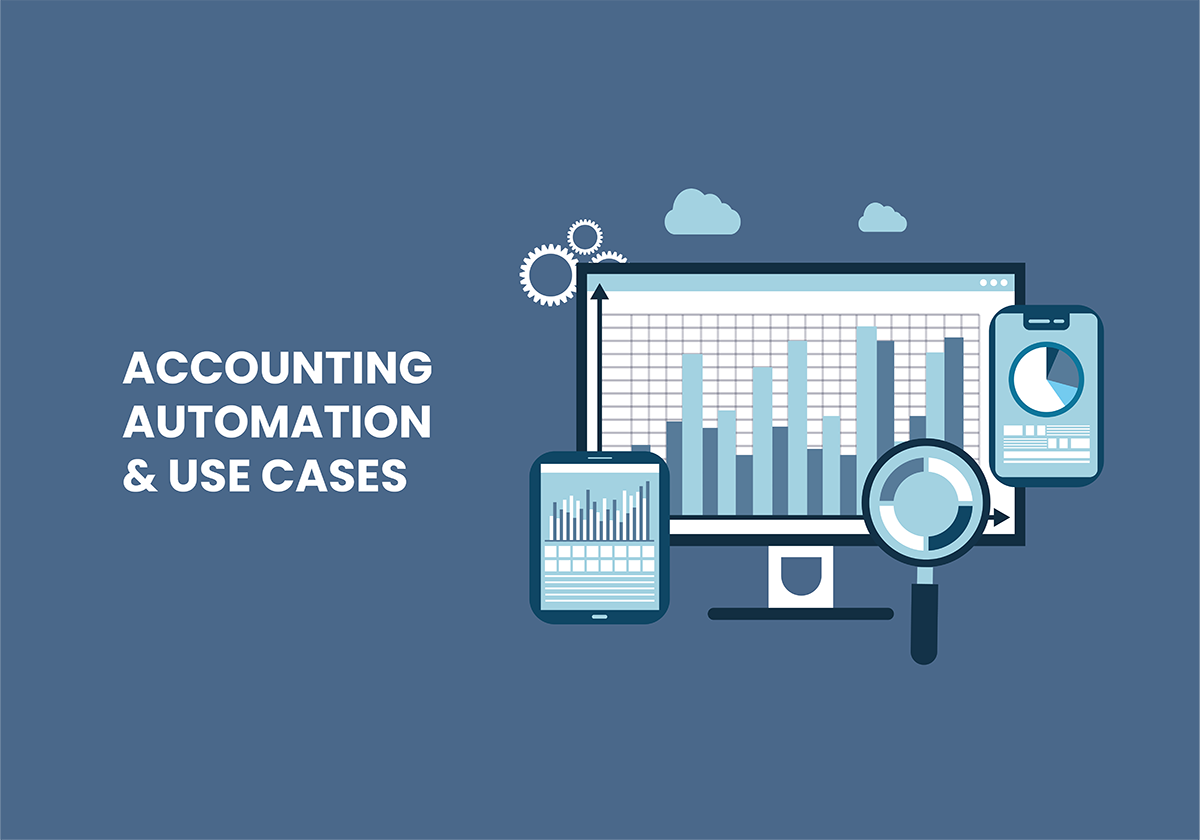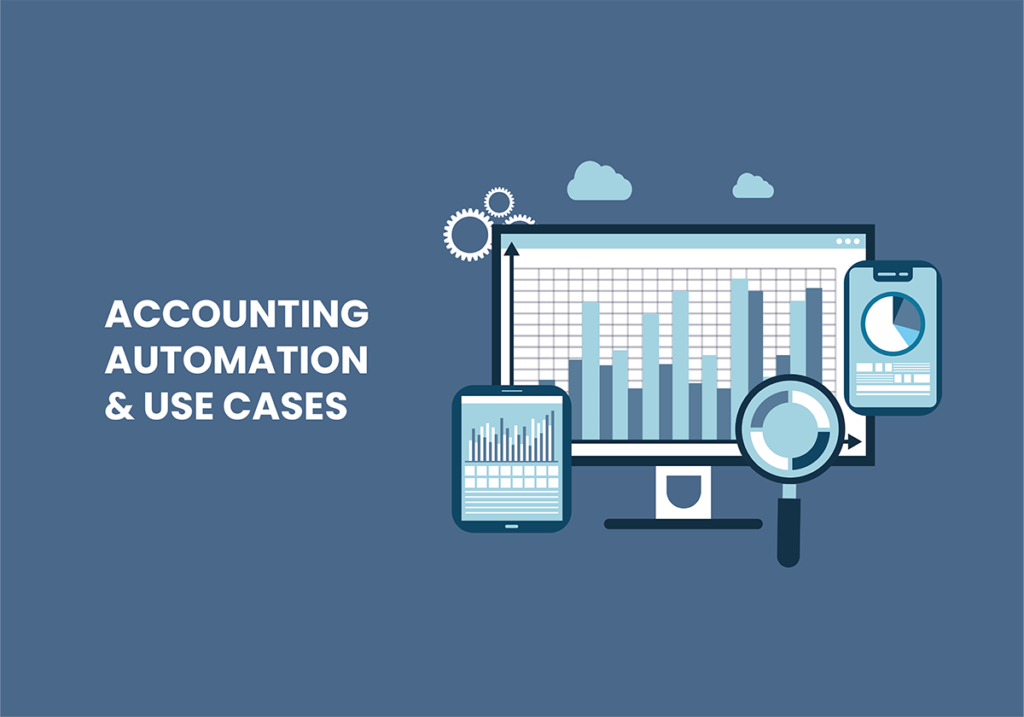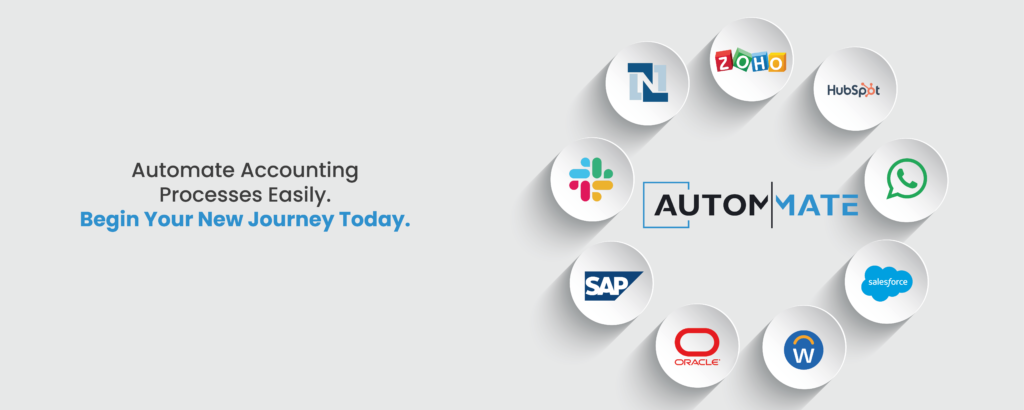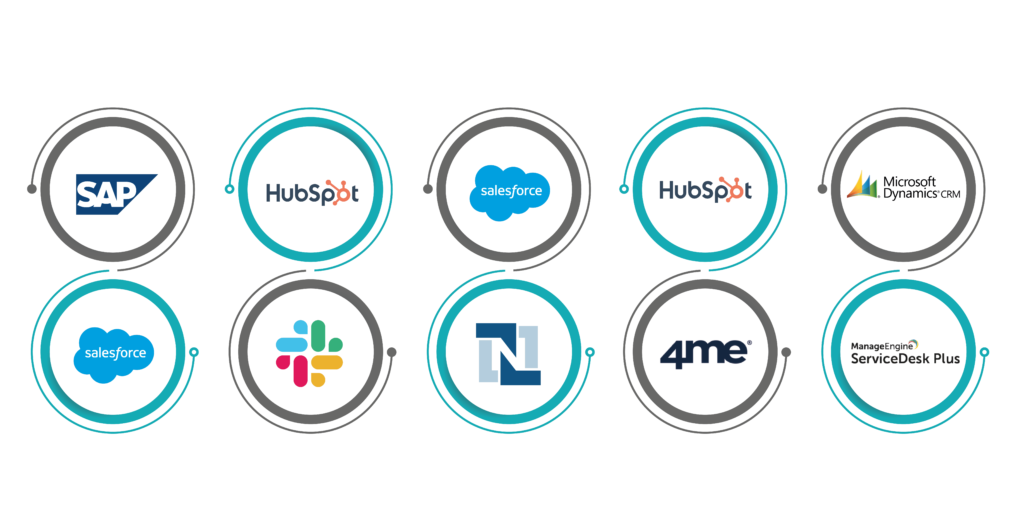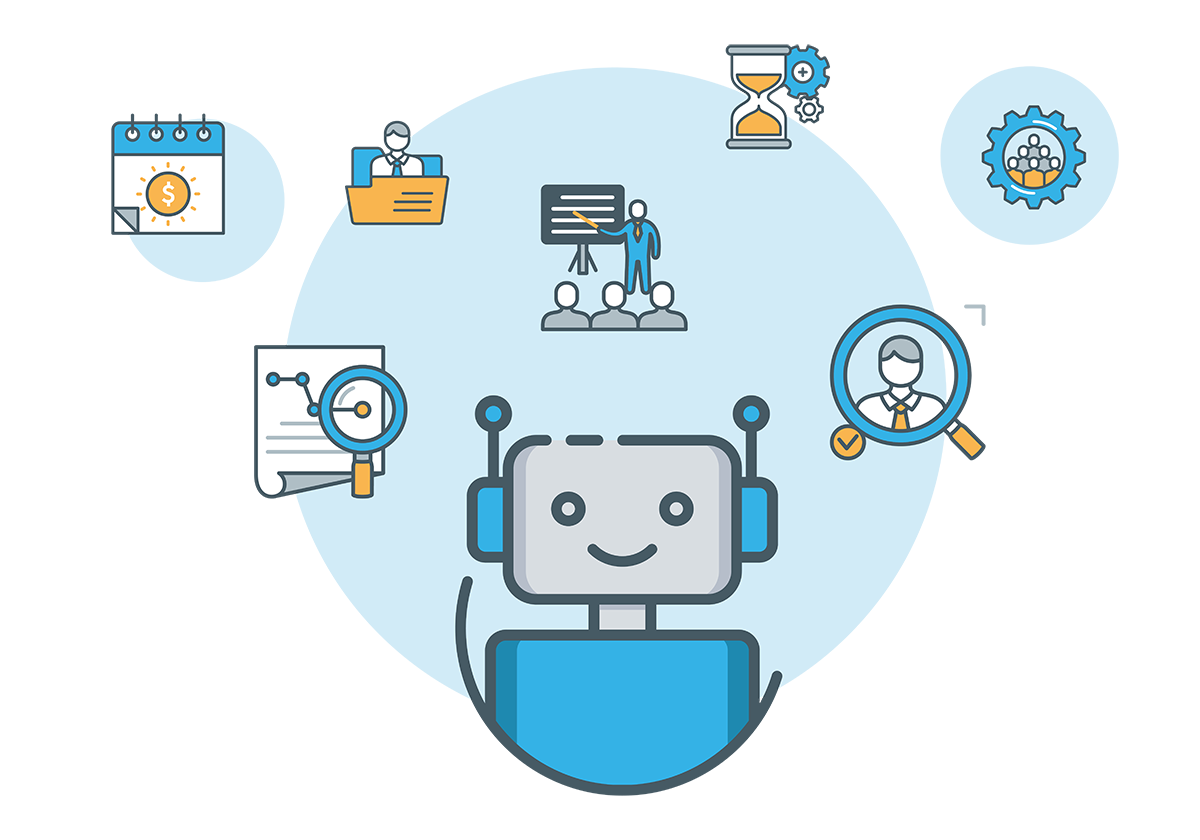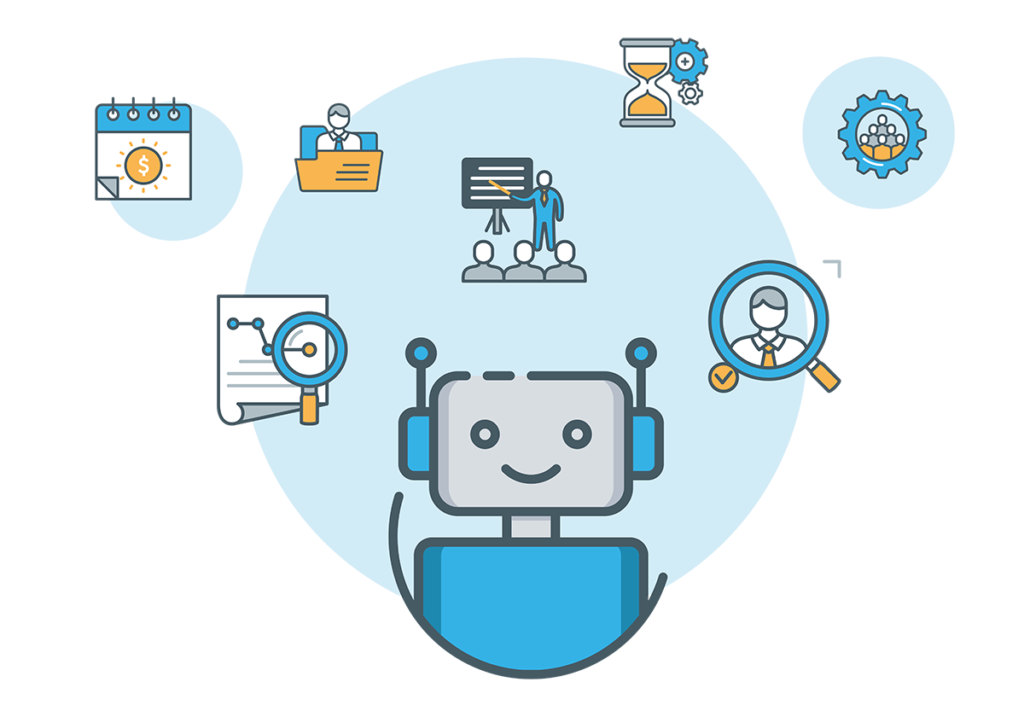The future of automation is drag-and-drop, which makes UI automation superior towards back-end automation.
We answered the most common questions on the confusion between UI automation and back-end automation. Knowing what they each entail can help you plan your next initiative with more clarity.
Regardless of whether large or small, organisations today are experiencing a rapid transition to automation. Undoubtedly, one of the most important reasons for this is that automation technology reduces the workload and provides an efficient workflow. In addition, the smooth operation of automation systems also ensures that the work progresses smoothly.
The popular use of automation systems has led to the development of this technology. As a matter of fact, while automation systems were made with coding in the first days, automation systems can be made with almost no need for this now, for example, the UI automation platform, Autom Mate.

Autom Mate has a user-friendly interface supported by UI, so automation systems can be developed without any coding.
Autom Mate, which is a no-code-ready automation platform, it is possible to create huge automation flows with the drag-and-drop method. In this article, we have compiled detailed information about developing your own automation system without the need for back-end automation and, therefore, coding, as well as explaining the conveniences of UI automation.
What is No-Code UI Automation?
No-Code UI automation, as the name suggests, are platforms where non-technical people develop automation systems without the need for coding. No-Code automation systems, also called UI automation, allow users to easily create automation systems with the drag-and-drop method using graphical elements and user interfaces instead of traditional programming. UI Automation is of vital value for both beginners and industries that do not need a lot of programming but need specific automation. However, it has become a highly preferred area for the development of the automation system in IT development processes in a much more practical and effective way.
Why Should You Use UI Automation?
So far, you’ve learned more or less about why you should use no-code automation. But using UI automation has advantages beyond what you might think. Here are the reasons why you should use no-code automation:
- Easy Integration: Technology and software infrastructures vary from sector to sector, which causes a program that works in one place to not work as efficiently in another. Apart from these, of course, UI Automation provides an effortless installation with its easy-to-integrate nature.
- Quick Reaction: Thanks to its easy installation and integration features, it allows you to go to the market quickly and work smoothly.
- Scalable: The automation process you do in a small place can be easily scaled up for larger sites as well. Although most companies see growth in the long term, in today’s world, you can appeal to a very large audience or product /service portfolio in a short time. In this situation, the smooth operation of your automation system will lead to your growth.
- Designed Workflows: With pre-designed easy, and effective workflows, you can get ideas on how you can automate your work and design the automation that suits you by using these designed workflows.
- Easy to Use: Codeless UI automation systems do not require technical skills and enable the development of the automation system. Thus, even in simple automation work, the burden on the IT team is lightened. Automation that may be needed in any department within the company can run smoothly.
What is Low-Code Automation?
Although Low-Code Automation systems do not require code knowledge in the vast majority, it is a system that requires code knowledge at some crucial points. Although it is not as practical as No-Code automation, you can develop customisable automation systems in the low-code automation system. Having code knowledge at some key points is among the important factors that ensure the smooth operation of the system. Low-code automation systems that enable users to work quickly, practically, and comfortably are developed interactively with graphic modules.
However, these systems require coding knowledge when the application or automation system becomes complex or requires unique interactions. Low-code automation systems are generally developed for people with programming knowledge to speed up the automation process. It is often used in the development of business management, websites, custom mobile application development, cross-development tools, or cloud-based technologies. It is a very practical system as it speeds up the manual programming process.
What is Back End Automation?
Back-End automation is generally an unattended automation system developed for specially defined and high-capacity automation systems. Good coding knowledge is required here. It is developed using application programming interfaces, not graphical interfaces such as low-code or no-code. For this reason, back-end automation systems are also known as API automation.
Back-end automation systems, which provide trouble-free operation, have features down to the finest detail of the data storage location and how it is done. It provides accurate access to data; however, it has capabilities such as more stability, data-oriented, fast operation, and high performance, being affected by interface changes.
Back-end automation systems, which can be made by people with advanced programming knowledge, are designed comprehensively. Operations such as file migration, database processing, PowerShell scripts, and API routing can only be performed seamlessly with back-end automation.
Automation Made Easy: Meet Autom Mate

Autom Mate, one of the leading brands in the development of automation systems, makes a difference in UI automation systems as well as in hyperautomation systems. Autom Mate allows you to seamlessly manage your workflow, allowing users to easily drag and drop their automation systems without writing any code. Autom Mate no-code automation platform, which has a very practical use, has a user-friendly interface. Improve your workflow, manage it seamlessly, and do it with your own automation system that requires no code. To discover more, develop your automation system with no-code automation today.

